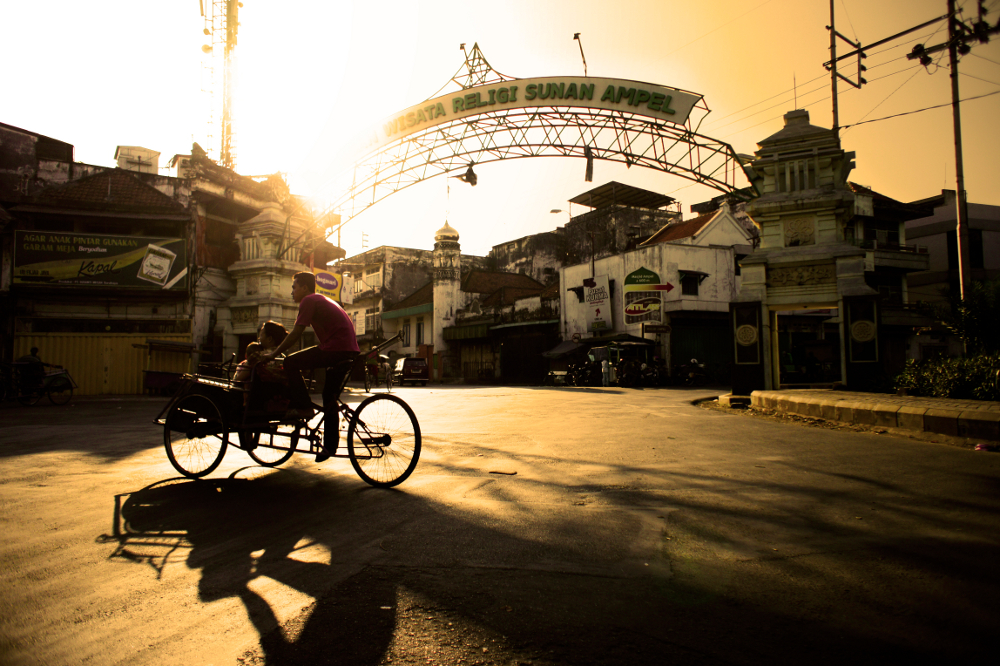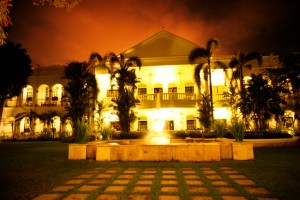SURABAYA IS INDONESIA’S second biggest city, the capital of East Java, and typically only sees tourists as they pass through on their way to Mount Bromo, Probolinggo, Bali, Yogyakarta, and Ijen.
I’ve spent the last 18 months living in Surabaya as an English teacher and have come up with several reasons why the city deserves more than a layover.




